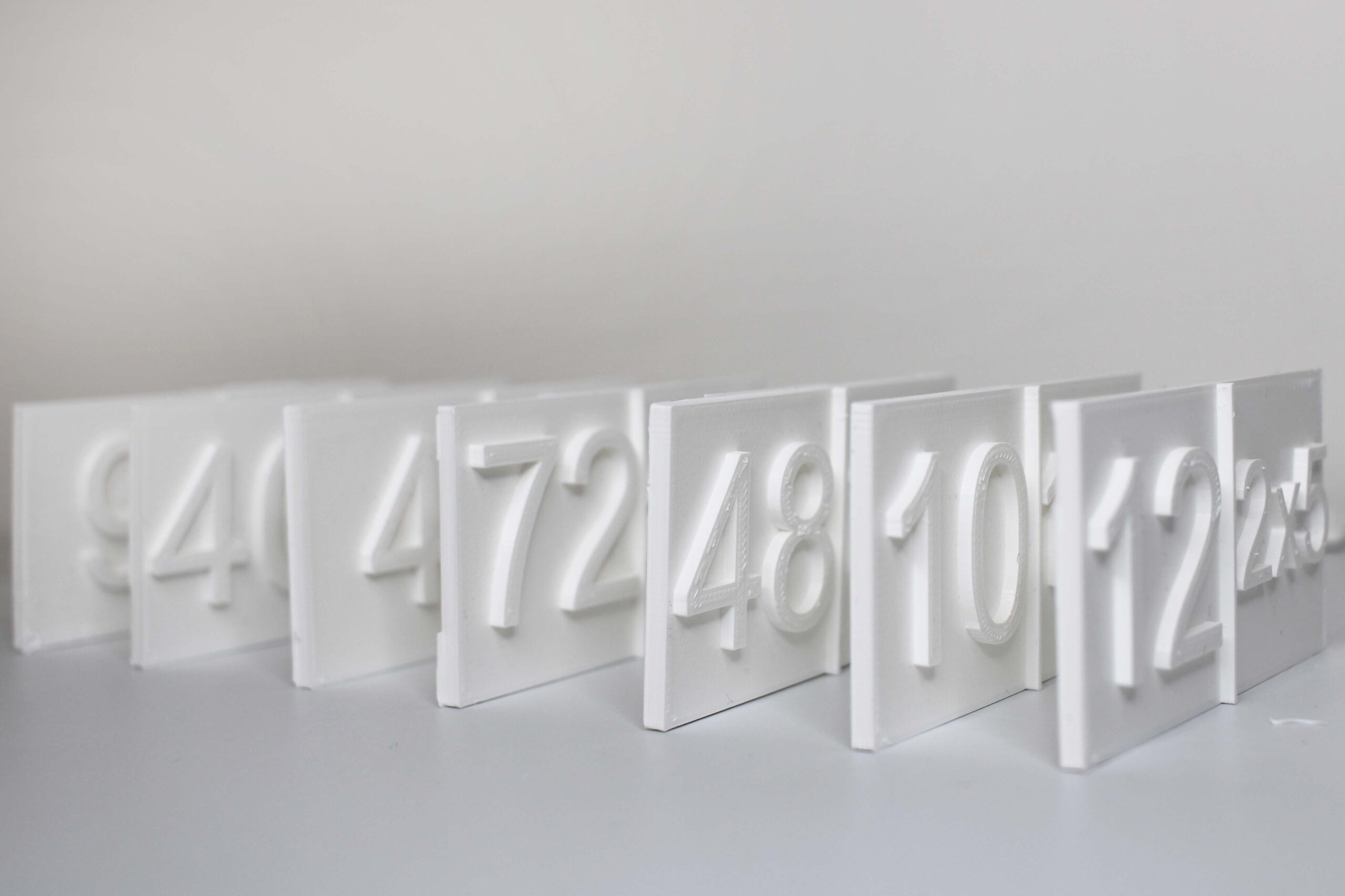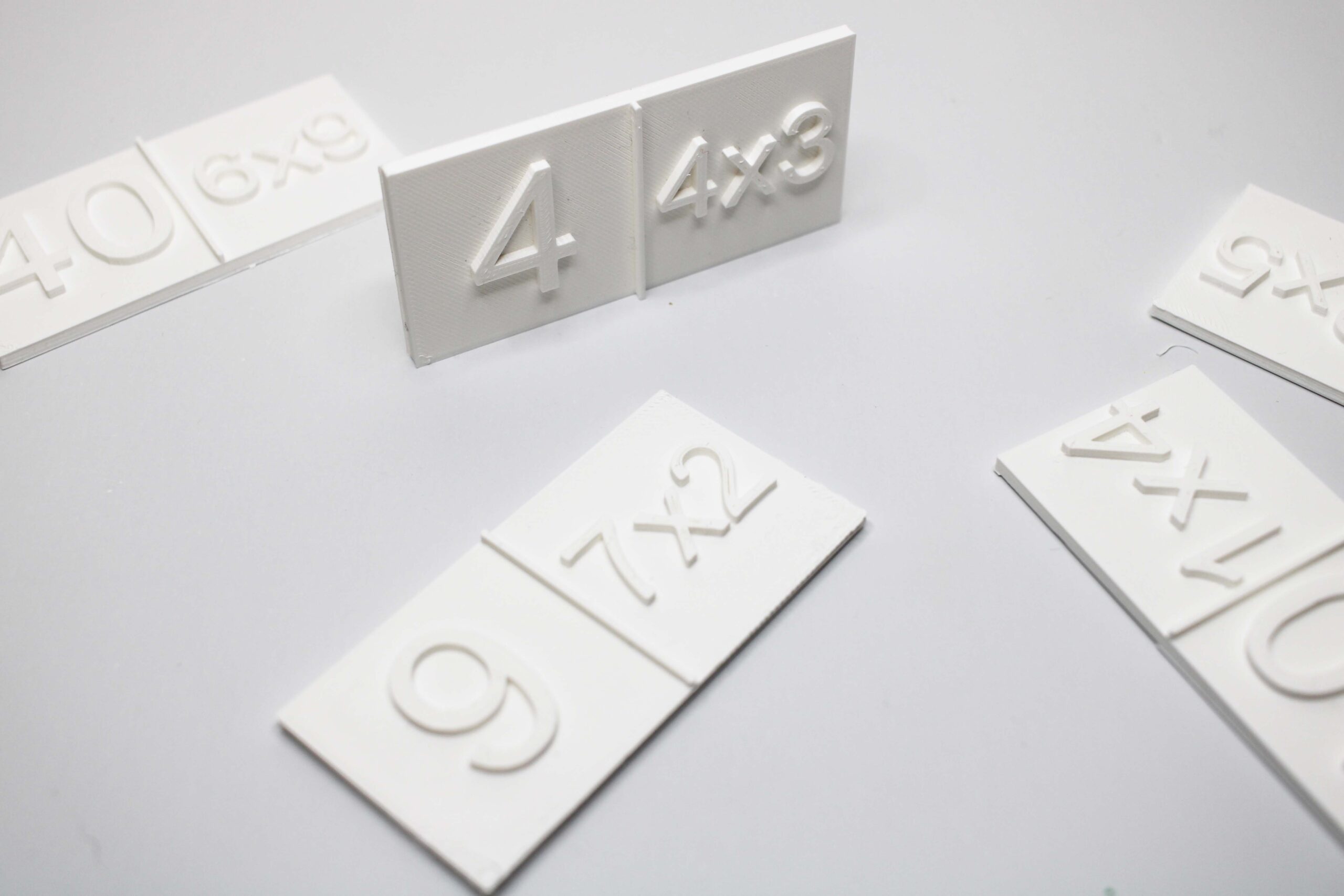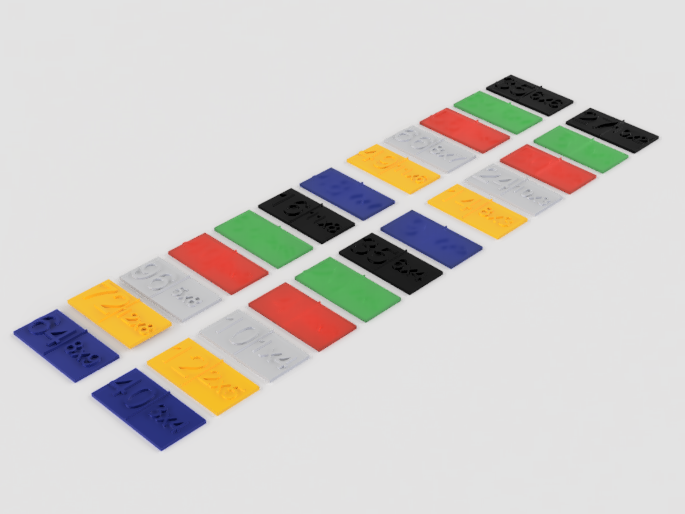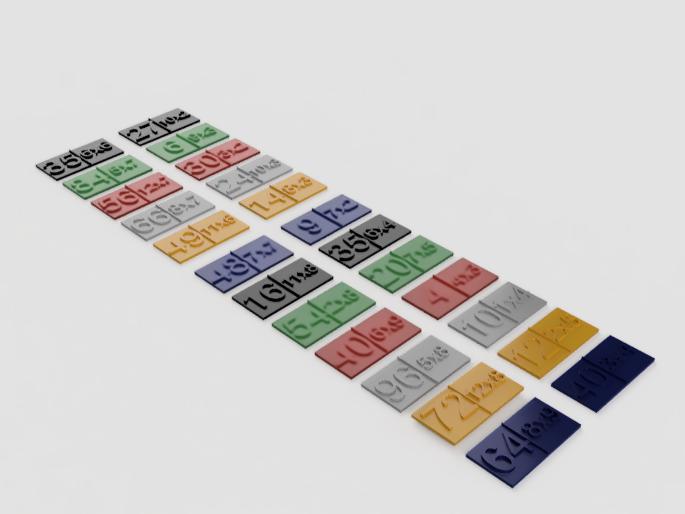
About
Exercise name:
Math Domino
Which cognitive area is it related to?
Concentrations, fine motor skills, Mathematical skills, Memory
Description of the exercise:
Domino is a very popular game for young and older people. It’s perfect for socialization and it helps exercise and maintain recall, concentration and mathematical skills for adding and subtracting. Those are needed to extend independent activities such as shopping and other personal needs for as long as possible, despite the progression of the condition. Suitable for mild to moderate stages of dementia.
Who is the game for – The game is suitable for the prevention of cognitive decline, follow-up with neurological diseases. It is suitable for people with mild dementia. It can be used both by daycare center professionals and by families caring for a loved one with dementia.
Materials needed – tiles with mathematical symbols, which are stored in a suitable bag or small box.
Participants – a person with dementia or dementia syndrome (person over 65 years) (2-4 years), caregiver or moderator for people with dementia syndrome.
This game is led by the caregiver or moderator, and can have 2 to 4 participants with dementia or dementia.
Location – Choose a quiet place where the person with dementia and the surrounding feelings are comfortable, e.g. around a dining table or coffee table where photos can be spread. There must be enough light. Make sure the person with dementia has taken glasses or other aids such as a hearing aid so that you can communicate.
Presentation – explain what you will do together, in a calm and fun way. Make reference to the well-known and beloved Domino game we all grew up with. Explain that the rules are a little different. The whole game is no, to have a winner, ie. the game is not competitive, as is the case with Domino, but to standardize our “gray cells”. It’s all about arranging all the available Domino sticks correctly. Ask the person with dementia or syndrome to remove the tiles from the game from the Memory Box. Turn all the tiles with the symbols so that you can see them all. Select the first tile and place it in the middle. Then visit you can find and place a tile.
At the end of the game, congratulate yourself on a job well done and put the Dominoes together in the Memorial Box for the next time.
How can this model be used at home and in residential care/nursing homes?
Dementia affects a person’s cognitive functions, self-identity, memory and concentration. It develops gradually and leads to a change of personality. People with dementia have a problem with memory, which leads to recall difficulties and problems with speech, coordination, abstract thinking, concentration, planning, orientation with regard to place and time, frequent mood swings.
This type of exercise will stimulate socialization and team work, mathematical calculation skills, abstract thinking, focus and attention, concentration.
What benefits can be obtained with its use?
This exercise will help maintain
• Independence in routine daily tasks such as shopping, paying and counting change
• Mathematical calculation skills
• Self-confidence
• Episodic memory
• Ability to work as part of a team
• Tolerance
• Socialization
Technical specification of the model
Technology:
FDM / PLA
Material:
PLA
Colour (One piece one colour):
White, yellow, green, black, red, orange, gray, blue…
Suitable dimensions for its use in the classroom (MM):
80×40
Should the piece be resistant or be subjected to stress?
Yes
Should it be printed during meeting with person with dementia, before or after?
Before
Do you have to paint the model?
No
Number of pieces of which the model is composed:
24
Ensemble type if necessary (slot, clip, screwed ...)
No
Accuracy and definition required. (Quality) Low, mid or High.
Mid
Images
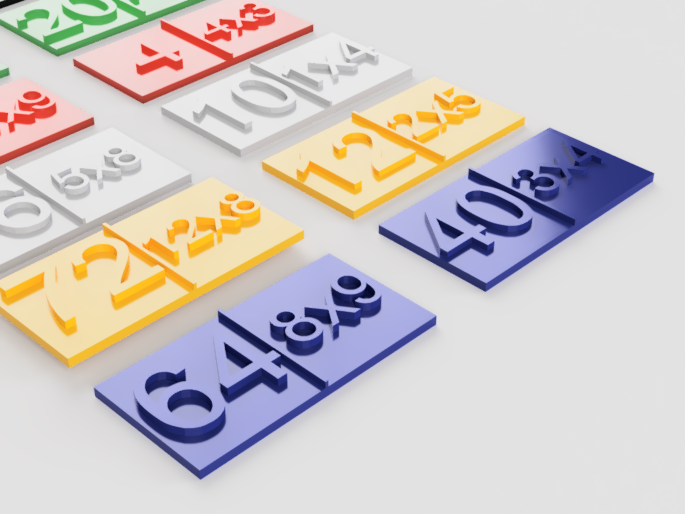
STL files viewer
Good luck!

